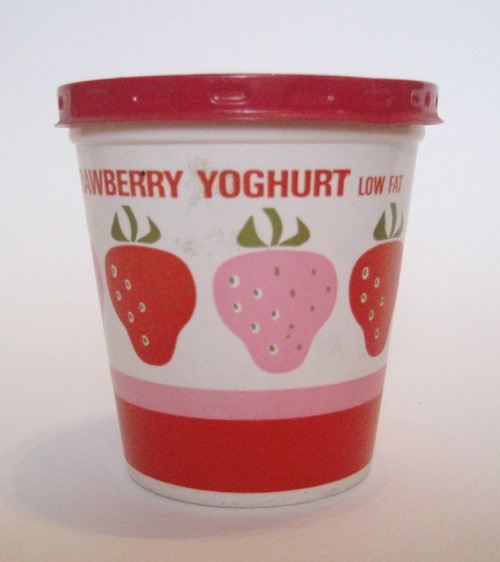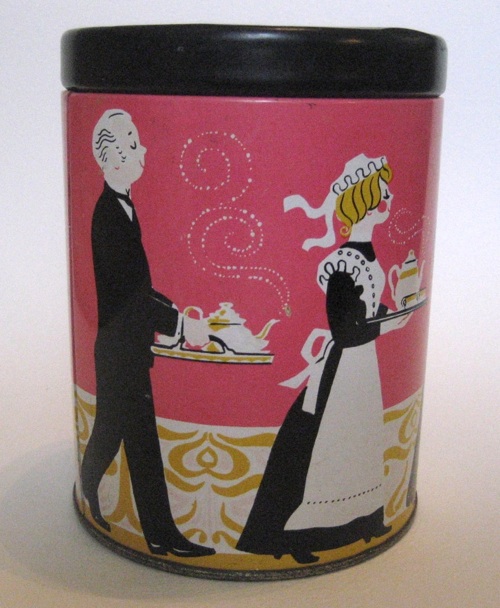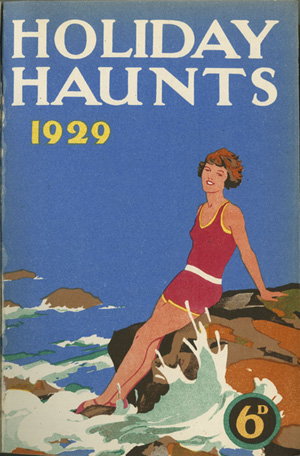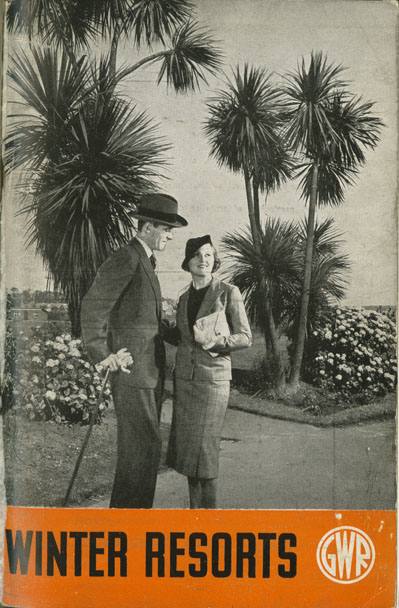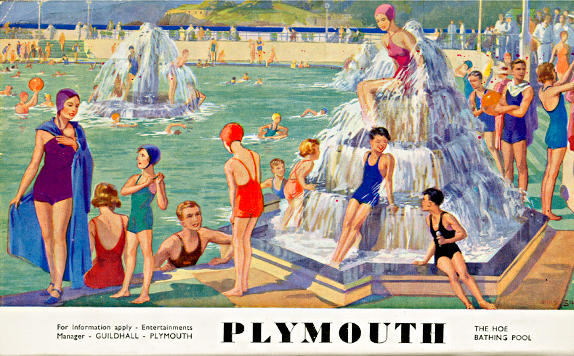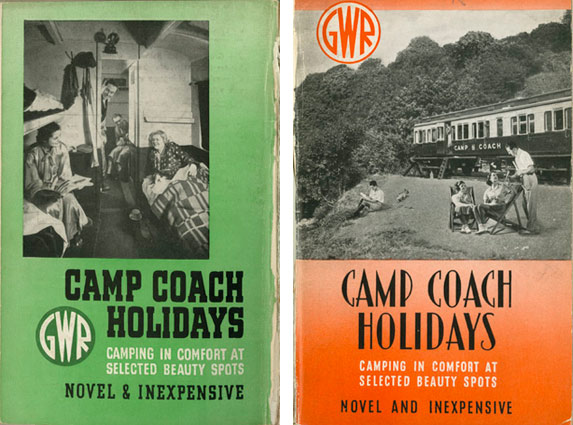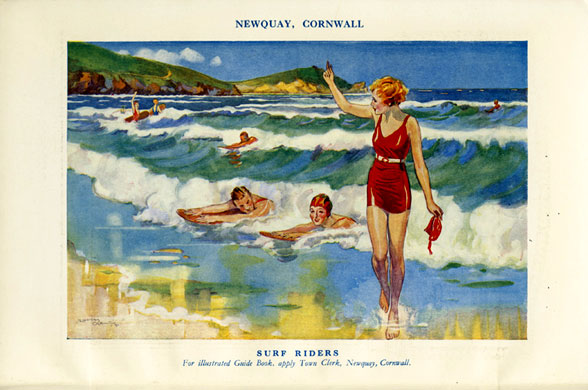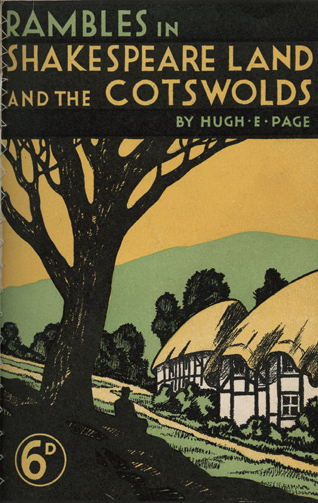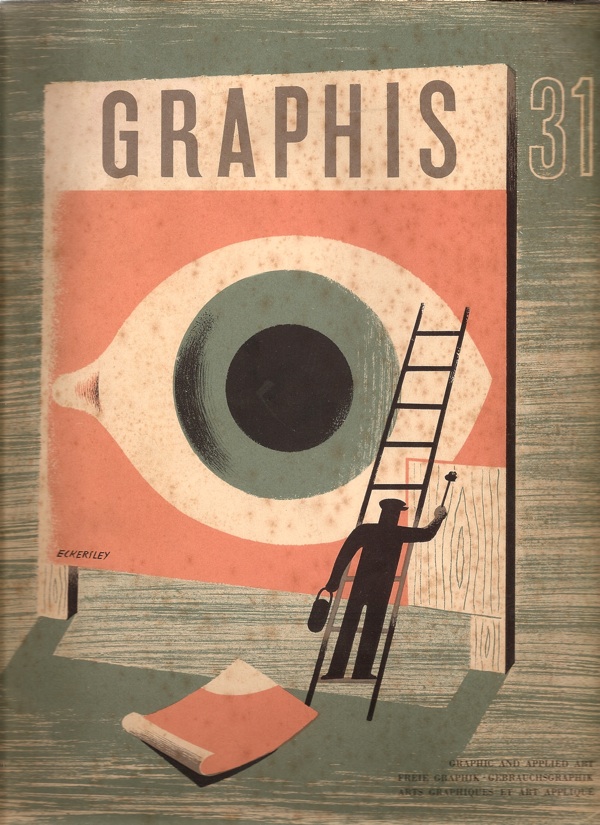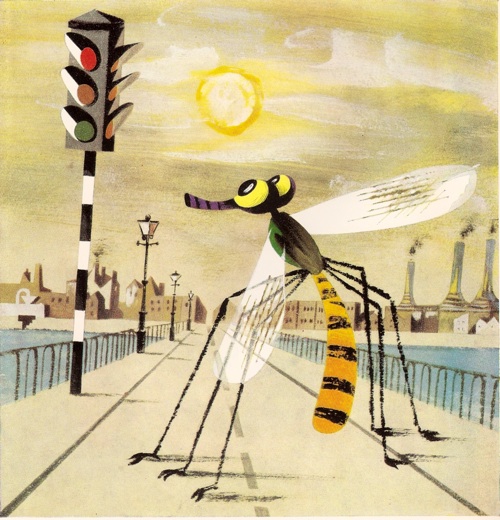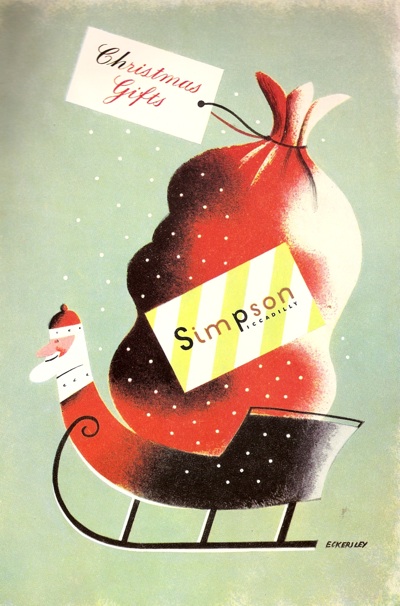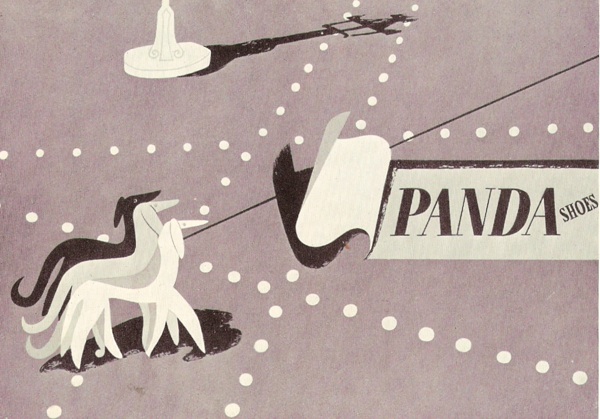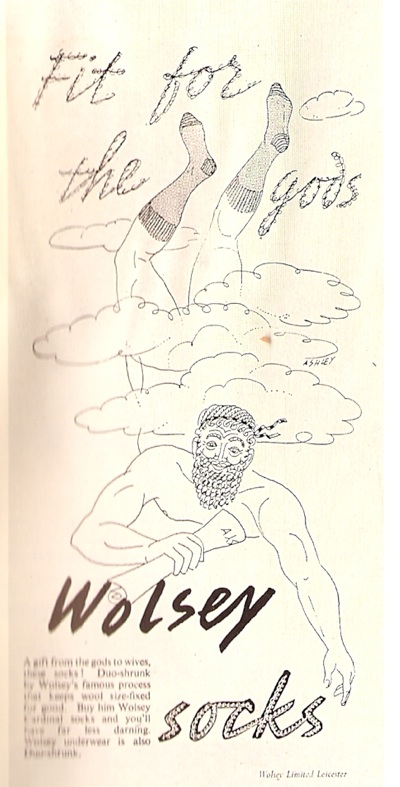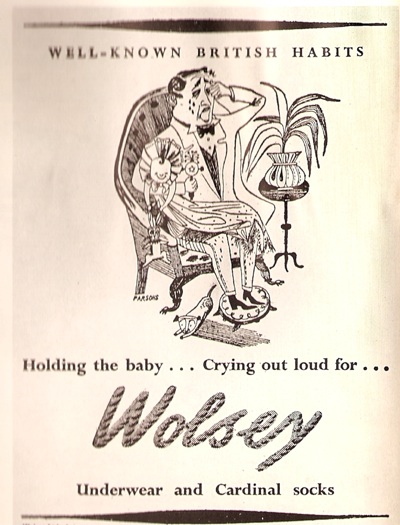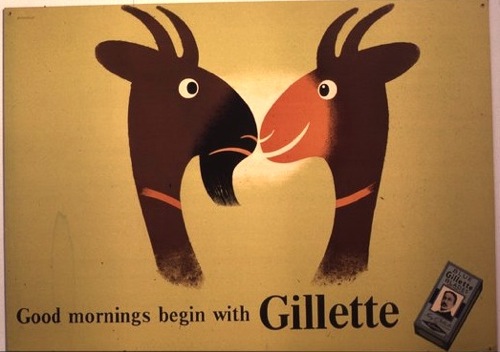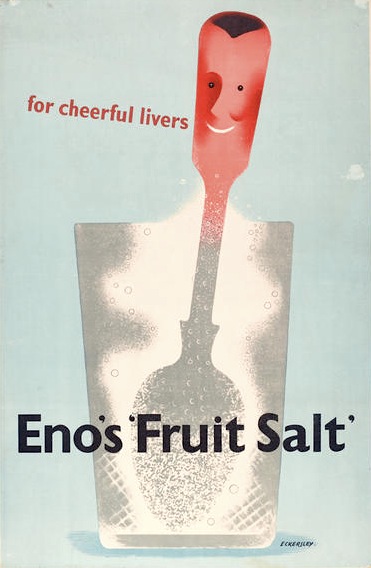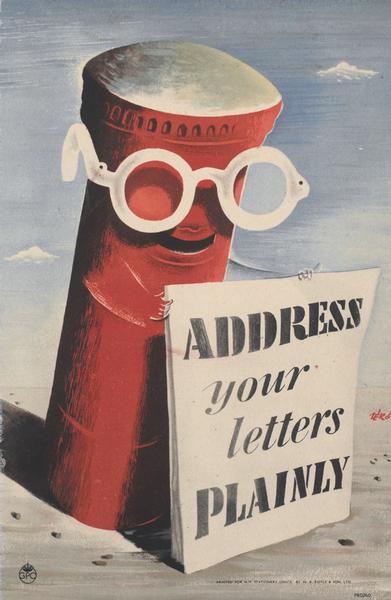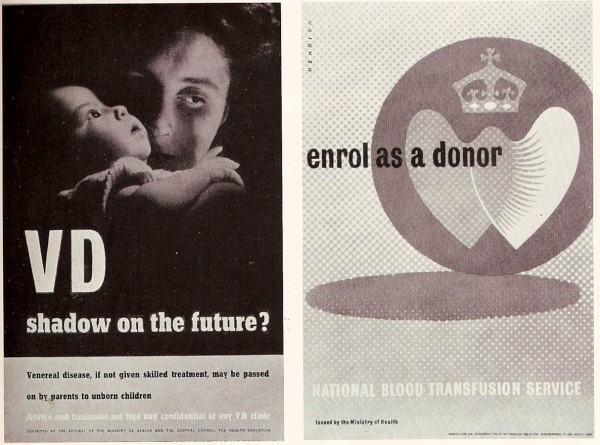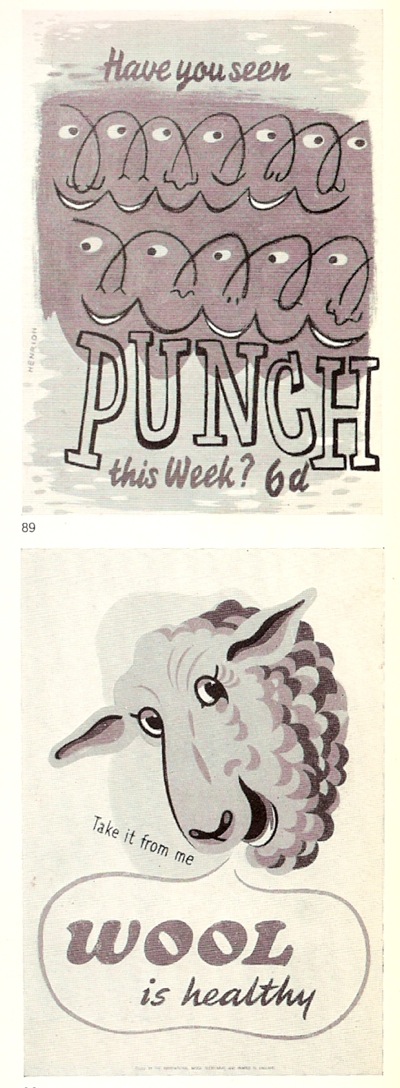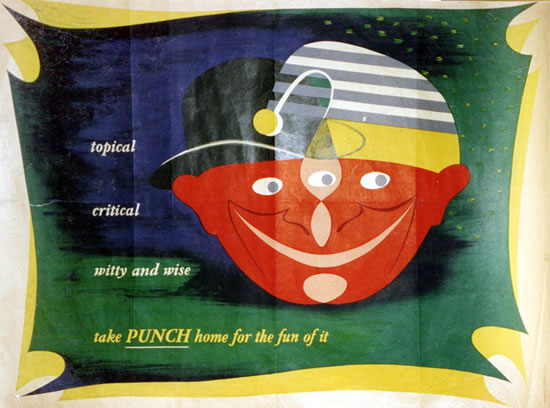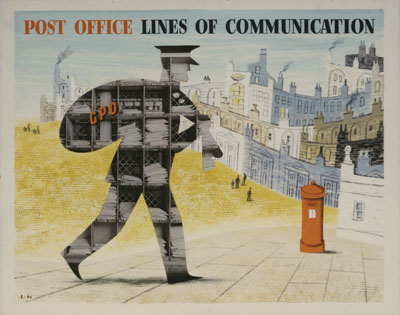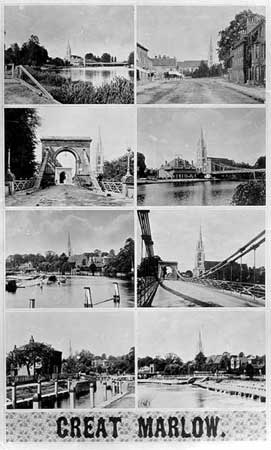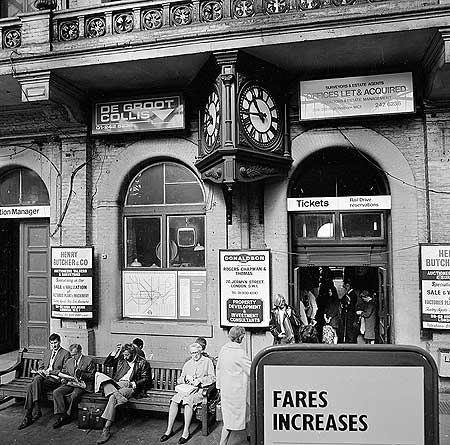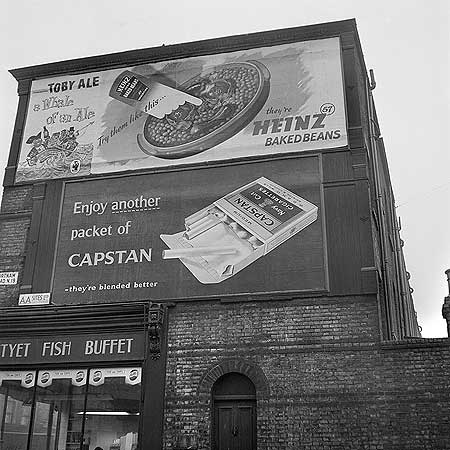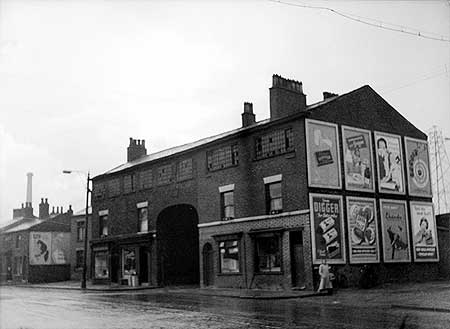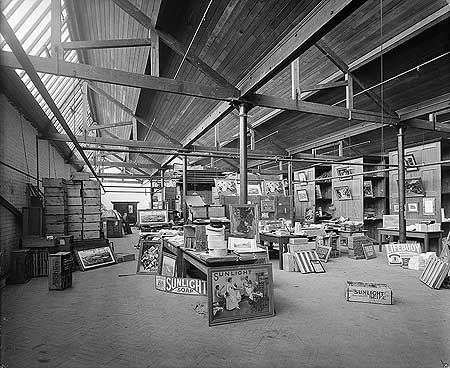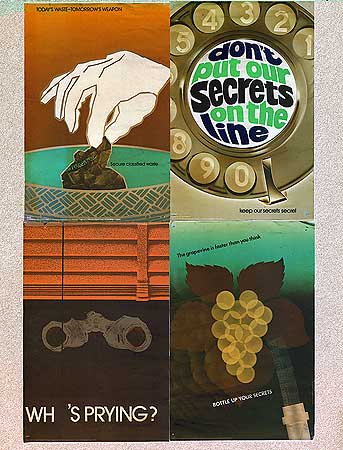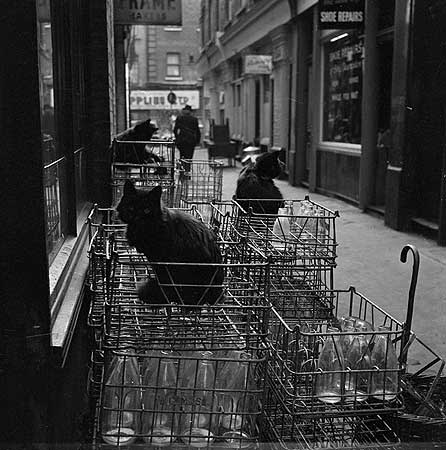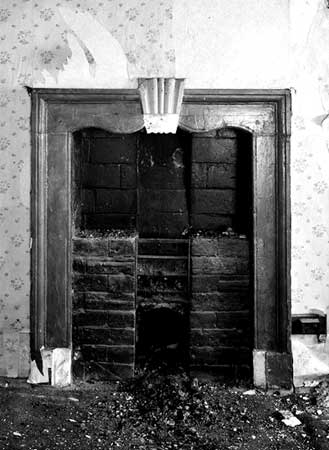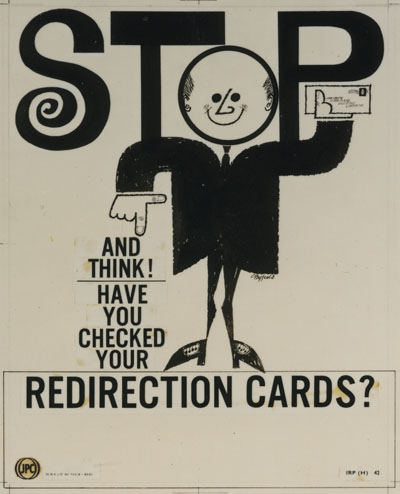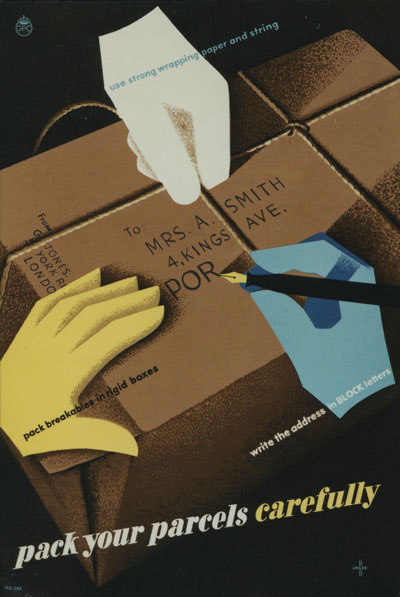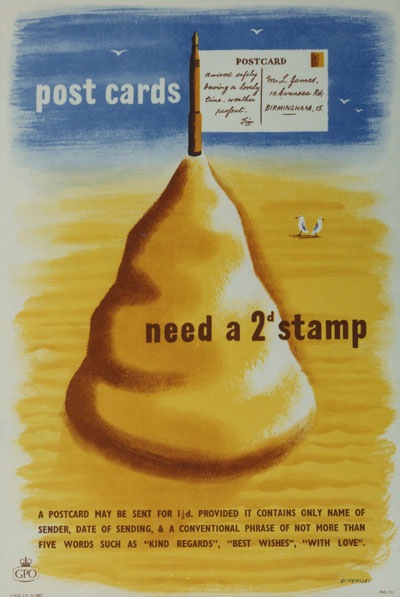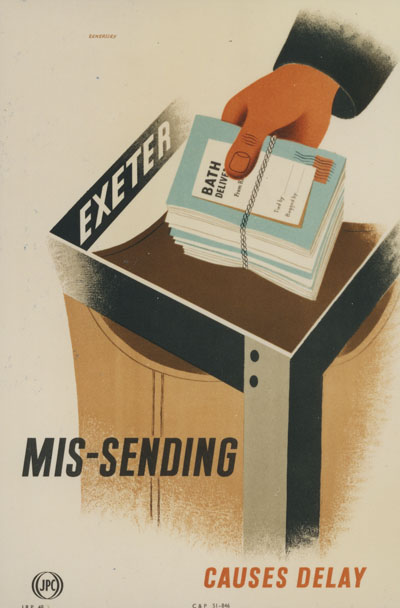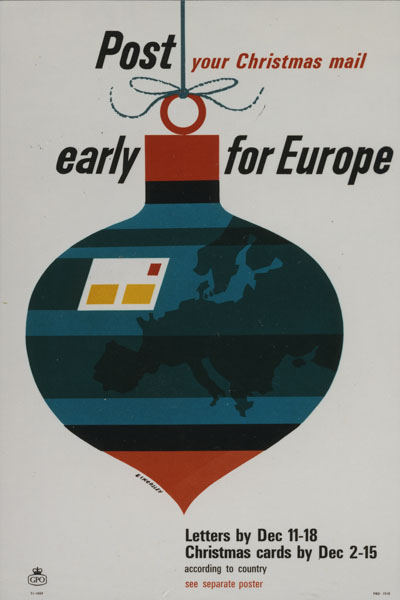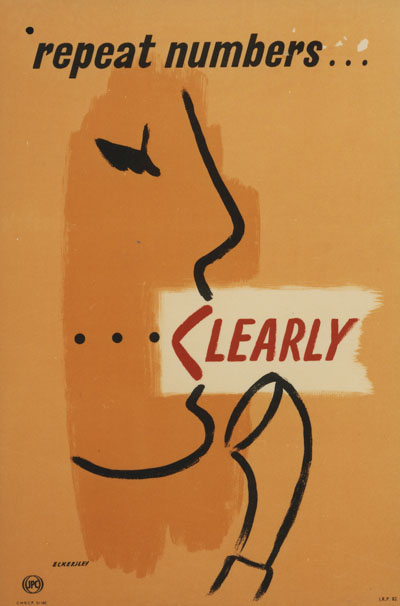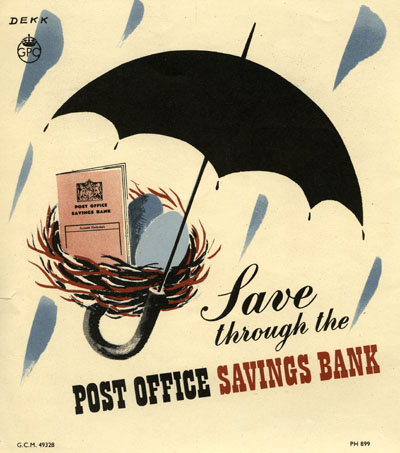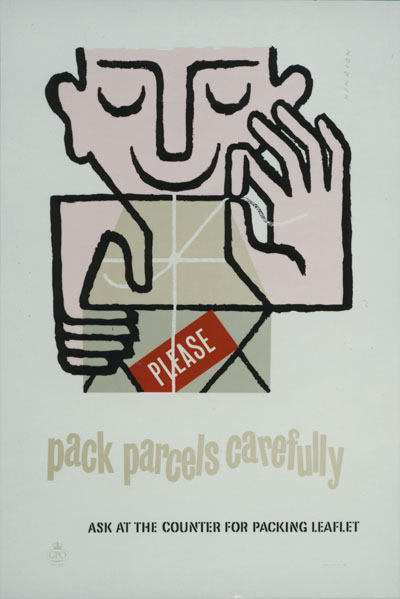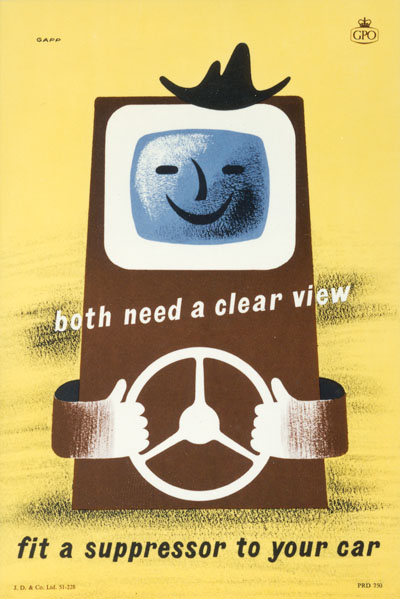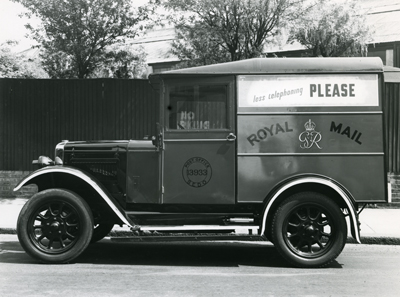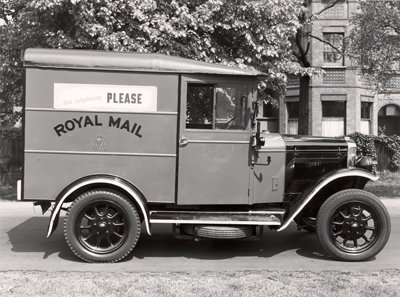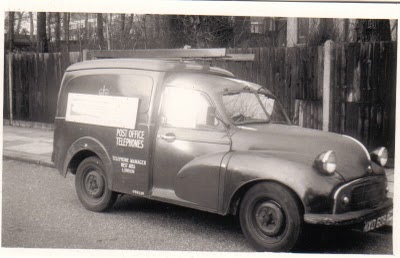Surf, psychosis and Audrey Hepburn
Remember I asked last week where all the traditional railway posters have gone? Well now I know the answer: they’re all in the forthcoming Onslows Sale.
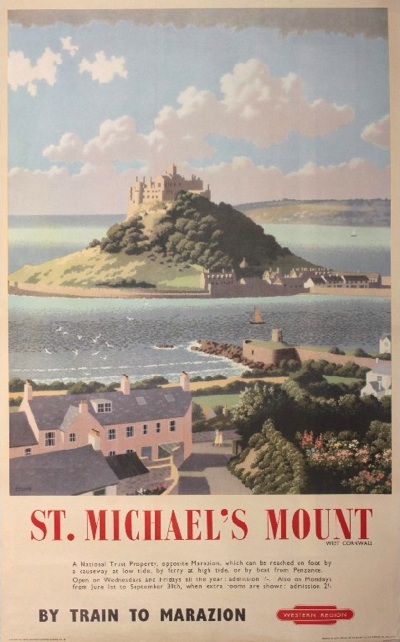
Ronald Lampitt, 1948, est. £500-600
There’s no shortage of them yet, that’s for certain. In fact, in some wierd inversion of the natural order of the world, Onslows are currently offering a much more traditional set of posters than Sotherans. Strange, and yet true.
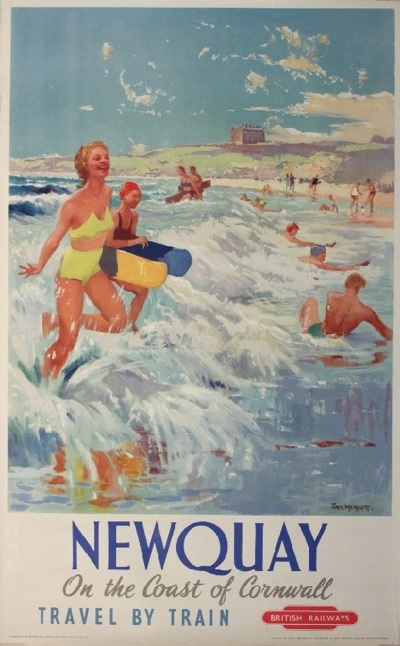
Jack Merriott, 1954, est. £800-1,000
There are hundreds of them, really, please do go and see for yourself. In fact I’d quite like it if you did as there are almost certainly some goodies which have passed me by.
All of which is not to say that there aren’t some other kinds of gems in there as well. My pick of the sale has to be this, which is fabulous and I think underpriced.
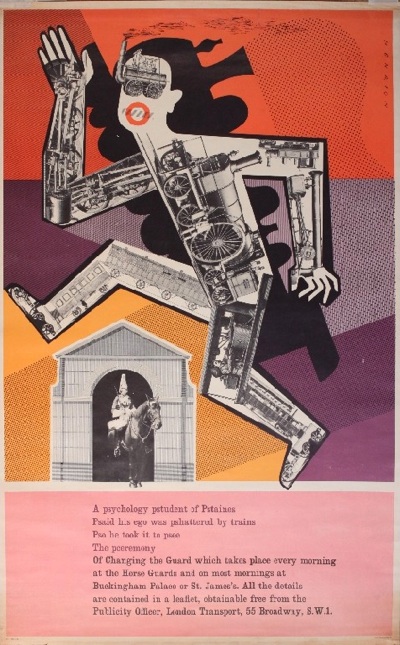
F H K Henrion, 1956, est. £100-150
But I’m more than happy to point you at this because we already have a copy and very nice it looks in its frame too. As the estate agent said, it’s the foreshadowing of Pop Art in 1956, while at the same time insane genius at work. Go on, you know you want to.
I also have no designs on these two James Fittons, because we’ve bought quite a bit of his work over the last year – by quite a bit I mean two or three posters, and we don’t have the wall space for even those. I’m a bit less keen on the blackout poster; and while the clown is lovely, I suspect that it is lovely enough to fetch quite a high price too.
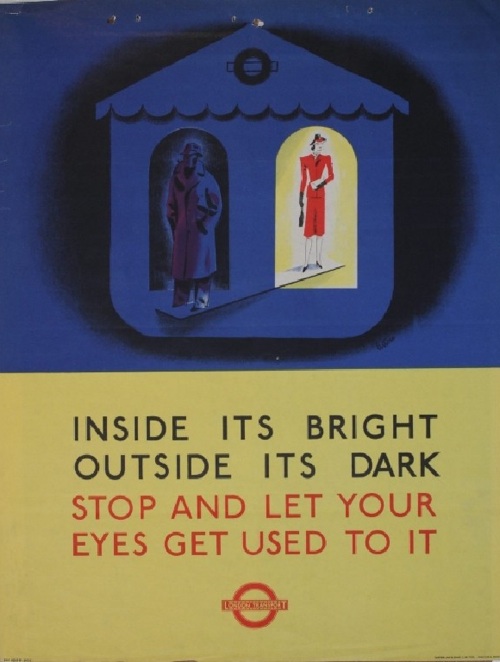
James Fitton, 1941, est. £200-300
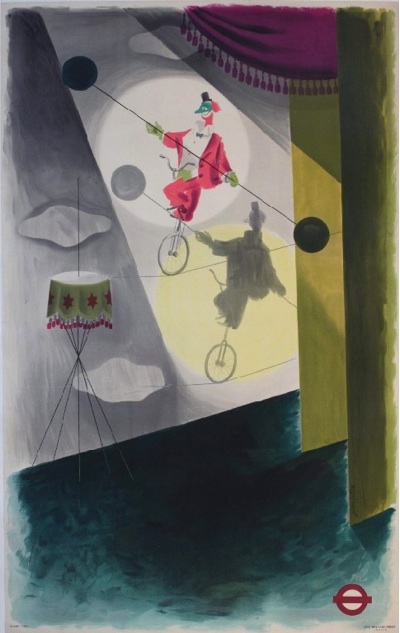
James Fitton, 1937, est. £400-600
Now I do rather want this Royston Cooper, although probably not at that price.
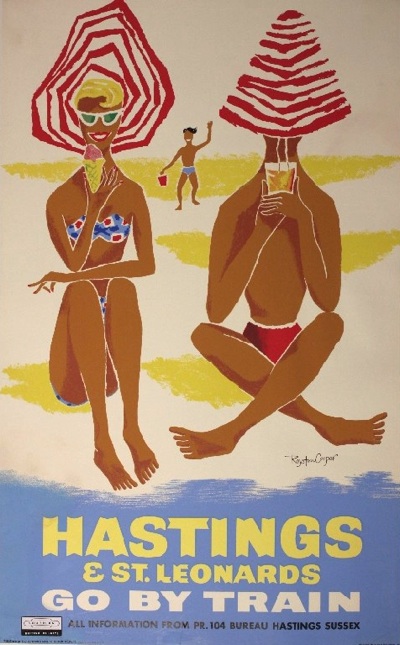
Royston Cooper, est. £250-300
Hastings never looked so Continental. It’s not alone either; there’s a fair amount more late 1950s early 1960s travel posterage in there alongside the traditional stuff.
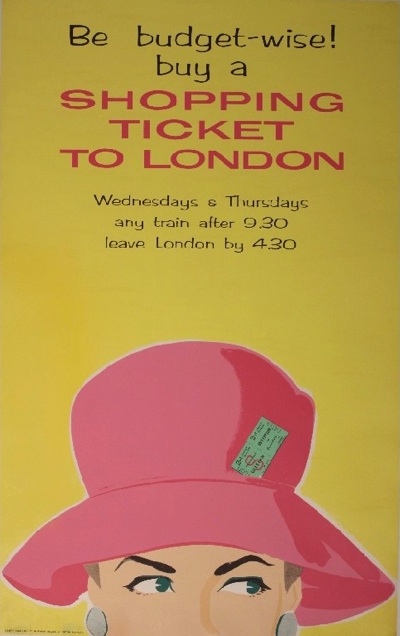
Anonymous, est. £100-120
(Audrey Hepburn on a cut=price day return if you ask me.)
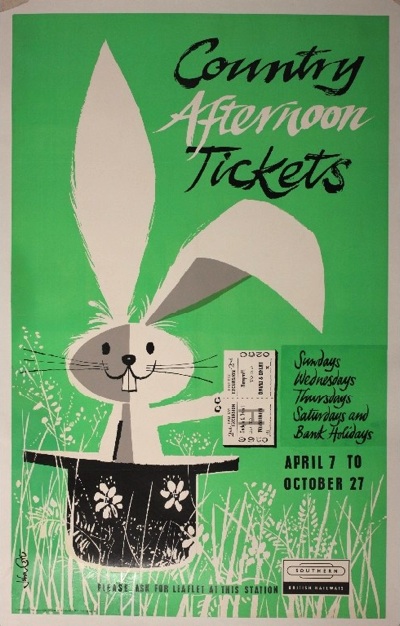
John Cort, est. £100-120
Not only railway posters but also coach travel too.
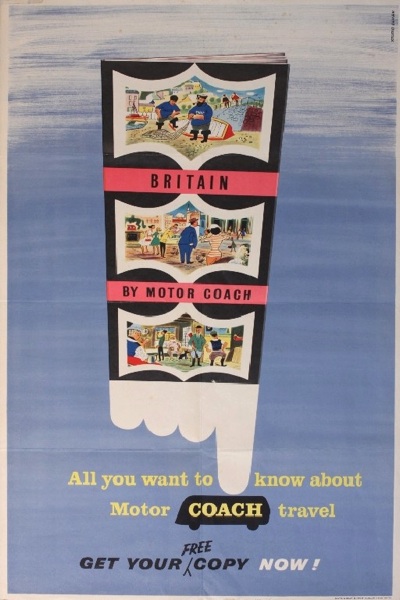
Studio Seven, est. £40-60
I can’t work out whether the Morphets Sale is still feeding through into the rest of the market, or the rest of the market has woken up to the potential of this kind of design. Either way, I rather like it.
The kitschier side of the 1950s is also represented here, and at prices only slightly lower than you might find at Sotherans too.
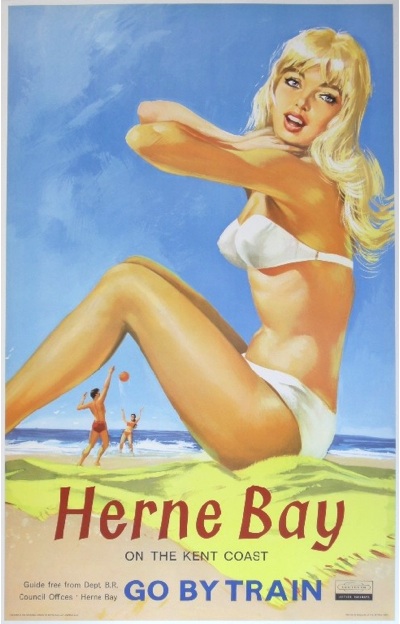
Alan Durman, 1962, est. £600-700
I will be watching this kind of poster closely to see what they actually make. I’m not entirely sure I approve of the trend here – are these posters actually that much better than the ones above them – but that’s a thought for working out on another day in another post.
Although this Bromfield does get the Quad Royal seal of approval, even if it does look as though she’s standing in front of a giant bee.
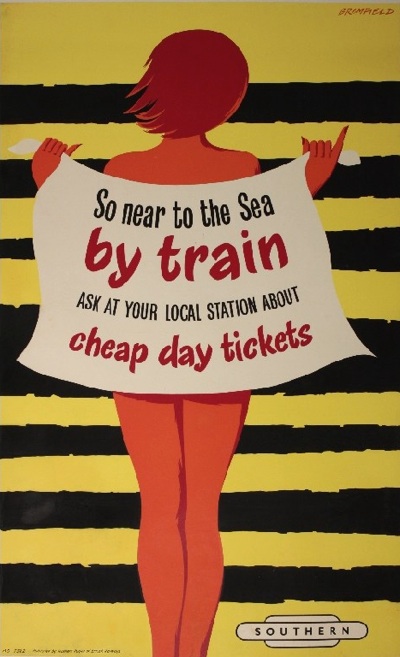
Bromfield, est. £160-180.
And it’s cheaper too.
There’s plenty more in this catalogue too, not least the World War Two posters, but this post has gone on for quite long enough already. So I’ll deal with the rest of it next week, which gives you plenty of point me at all the interesting posters that I’ve missed too. Then I’ll also explain why we’re probably not going to be buying anything from Onslows this time round (it involves a rabbit and pony, that’s all I’m saying for now).
